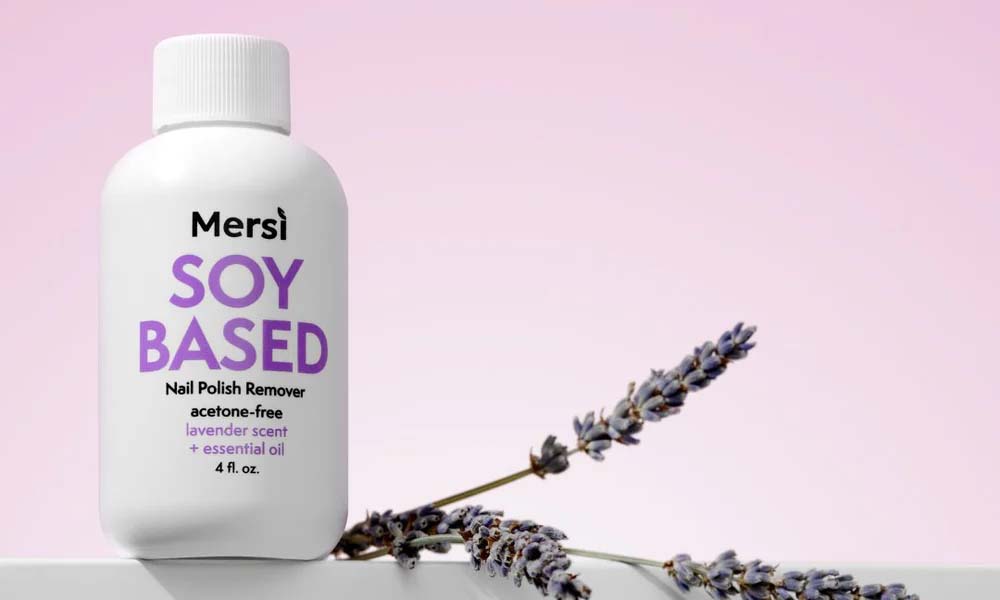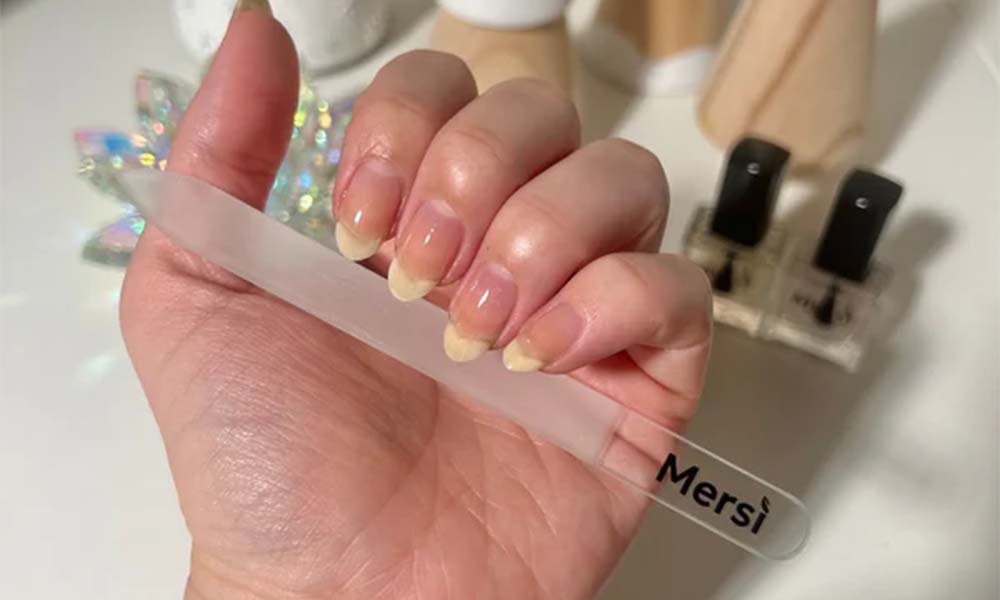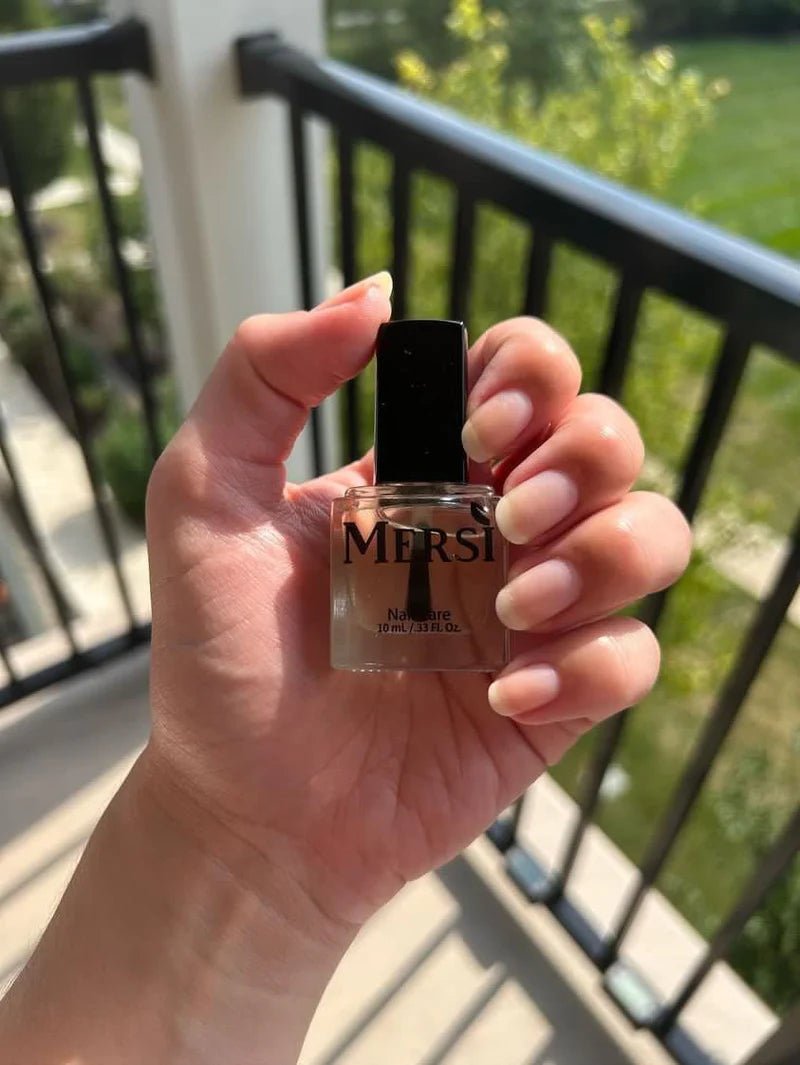Ever Wondered What’s in Your Nail Polish Remover?
Nail polish remover is a staple for anyone who loves changing up their manicures. But have you ever stopped to wonder, what is nail polish remover made of? Whether it’s acetone-based or non-acetone, this common beauty product contains a few essential ingredients that help break down and remove polish quickly and efficiently.
Choosing the right remover can make a big difference in the health of your nails, so understanding what’s inside can help you pick the best option. In this guide, we’ll break down the key ingredients in nail polish removers and explain how each one works.
Key Ingredients in Nail Polish Remover
Nail polish removers generally come in two types: acetone-based and non-acetone. Both are effective but contain different ingredients that affect how they interact with your nails and skin. Here’s a closer look at what’s in these two types of removers:
1. Acetone
Acetone is the most common and powerful ingredient in nail polish removers. It’s a colorless, volatile liquid solvent that works by breaking down the polymers in nail polish, making it easy to wipe off. Acetone is highly effective at removing even tough, glittery polishes or gel nails.
- How it works: Acetone dissolves the film-forming agents in nail polish, breaking it apart quickly.
- Downside: While acetone works fast, it can be harsh on your skin and nails, often leading to dryness or irritation.
2. Ethyl Acetate
Ethyl acetate is commonly found in non-acetone nail polish removers. It’s a gentler solvent compared to acetone but still effective at dissolving nail polish. Made from ethanol and acetic acid, it has a strong fruity odor.
- How it works: Ethyl acetate softens and dissolves the film-forming agents in nail polish, similar to acetone but at a slower rate.
- Downside: While gentler on nails, it might take a bit longer to remove tougher polish like dark colours or glitter.
3. Isopropyl Alcohol (Rubbing Alcohol)
Isopropyl alcohol is sometimes added to both acetone and non-acetone removers to help dissolve nail polish. It’s a secondary solvent that assists in the breakdown process.
- How it works: Isopropyl alcohol helps dissolve the polish and works to evaporate quickly, speeding up the drying process.
- Downside: Like acetone, isopropyl alcohol can be drying if used frequently.
4. Glycerin or Aloe Vera
To counteract the drying effects of acetone and alcohol, some removers include moisturizing agents like glycerin or aloe vera. These ingredients help rehydrate your nails and cuticles after polish removal.
- How it works: Glycerin and aloe vera lock in moisture, softening the skin and preventing it from drying out.
- Benefit: Including these ingredients helps keep your nails healthier, especially if you use nail polish remover frequently.
5. Fragrance and Additives
Many nail polish removers contain added fragrances or essential oils to improve the scent, as both acetone and ethyl acetate have strong chemical smells. Some products also include vitamins like Vitamin E to strengthen nails.
- How it works: These additives don’t affect the polish removal process but help improve the overall experience.
- Downside: Some individuals may be sensitive to added fragrances, leading to potential irritation.
Acetone vs. Non-Acetone: Which Is Better?
Now that you know what nail polish remover is made of, you might wonder which type is better for your nails: acetone or non-acetone?
Acetone Remover
- Best for: Removing stubborn or thick polishes, including gel, shellac, or glitter.
- Strengths: Acetone is highly effective and works quickly to dissolve nail polish.
- Weaknesses: Acetone is harsh on nails and skin, often leading to dryness and brittle nails if used frequently.
Non-Acetone Remover
- Best for: Removing standard nail polish or if you have sensitive skin and nails.
- Strengths: Non-acetone removers, like those with ethyl acetate, are gentler and cause less dryness.
- Weaknesses: They take longer to work, and may struggle with tougher polishes or artificial nails.
What’s the Verdict?
If you’re looking for a quick and powerful removal, acetone is the go-to choice, especially for heavy-duty nail jobs. However, if you’re concerned about maintaining nail health, non-acetone removers are a much gentler option. For frequent users, it’s a good idea to switch between the two depending on the polish you’re removing.
Are There Natural Alternatives to Nail Polish Remover?
For those looking for less chemical-heavy solutions, there are some natural alternatives to traditional nail polish removers. These may not be as powerful as acetone or non-acetone options, but they can work in a pinch:
- Vinegar and Lemon Juice: A mixture of white vinegar and lemon juice can help dissolve nail polish, though it takes much longer and may require some scrubbing.
- Rubbing Alcohol: Pure rubbing alcohol (isopropyl alcohol) can sometimes remove polish on its own, though it may not work as effectively on thicker coats.
- Soy-Based Removers: Some companies offer soy-based nail polish removers, which are free from harsh chemicals and enriched with vitamins to nourish the nails. These are much gentler but may not be as effective on all types of polish.
How to Protect Your Nails When Using Nail Polish Remover
No matter which type of remover you choose, it’s important to take steps to protect your nails from damage:
- Limit Exposure: Try to use nail polish remover only when necessary, especially if it contains acetone. Too much exposure can weaken your nails.
- Moisturize After Use: Always follow up with cuticle oil or a rich hand cream to restore moisture to your nails and cuticles.
- Use a Strengthening Base Coat: If you frequently use nail polish, consider applying a nail strengthener or a base coat with nourishing ingredients to help protect your nails.
Wrapping It Up
So, what is nail polish remover made of? Whether it’s the powerful acetone or the gentler ethyl acetate, these key ingredients work to break down and remove polish effectively. Choosing the right remover depends on your needs, but remember to always follow up with proper nail care to keep your nails healthy and strong!
Transform your beauty routine with clean, natural products. Discover Mersi's best-sellers now.
FAQs
- Is acetone harmful to nails?
Acetone can be drying and, when used frequently, may weaken nails and cuticles. However, occasional use is generally safe as long as you follow up with moisturizing products.
- What’s the difference between acetone and non-acetone nail polish remover?
Acetone is a stronger solvent that works quickly to remove nail polish, while non-acetone removers are gentler but may take longer to dissolve the polish.
- Are there natural alternatives to nail polish remover?
Yes, options like vinegar, lemon juice, and soy-based removers can work as natural alternatives, though they may not be as effective as acetone or ethyl acetate-based removers.
- Can I use rubbing alcohol to remove nail polish?
Rubbing alcohol can sometimes work to remove nail polish, especially if it contains isopropyl alcohol, but it’s not as strong as acetone or non-acetone removers.
- Why do nail polish removers contain moisturizers?
Moisturizing agents like glycerin and aloe vera are added to help combat the drying effects of acetone and alcohol, keeping nails and cuticles hydrated.






Leave a comment
This site is protected by hCaptcha and the hCaptcha Privacy Policy and Terms of Service apply.